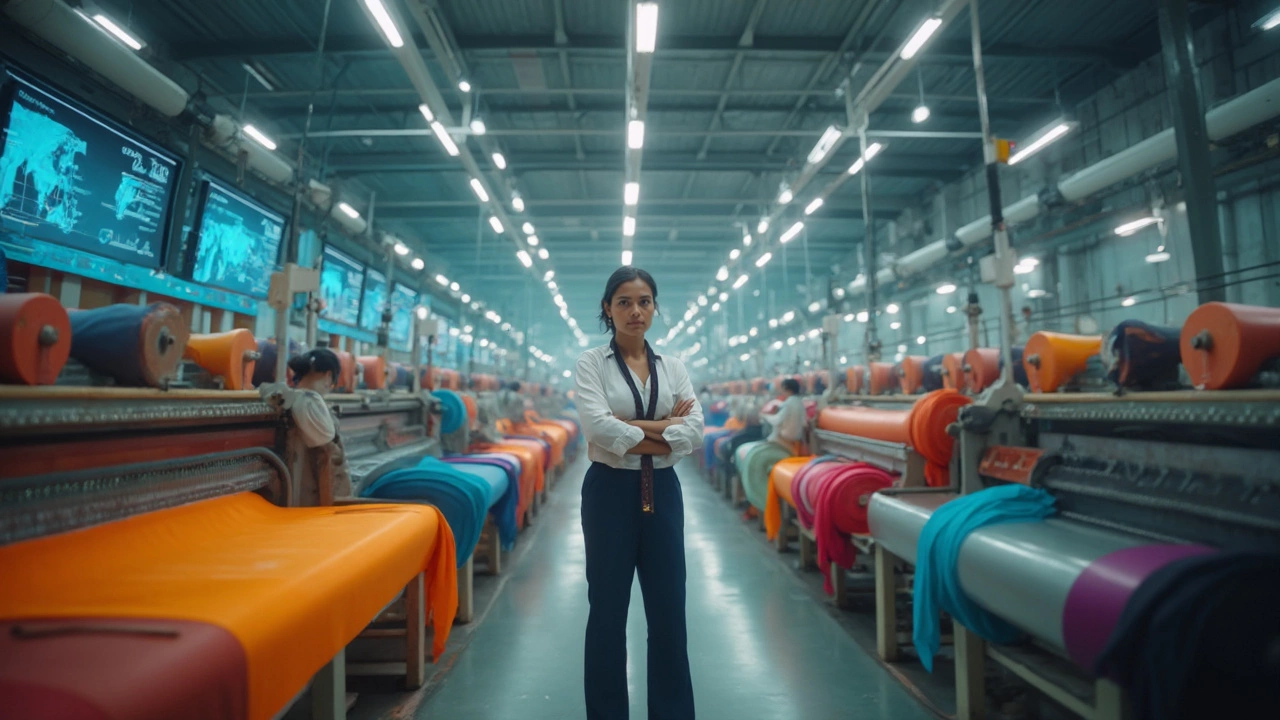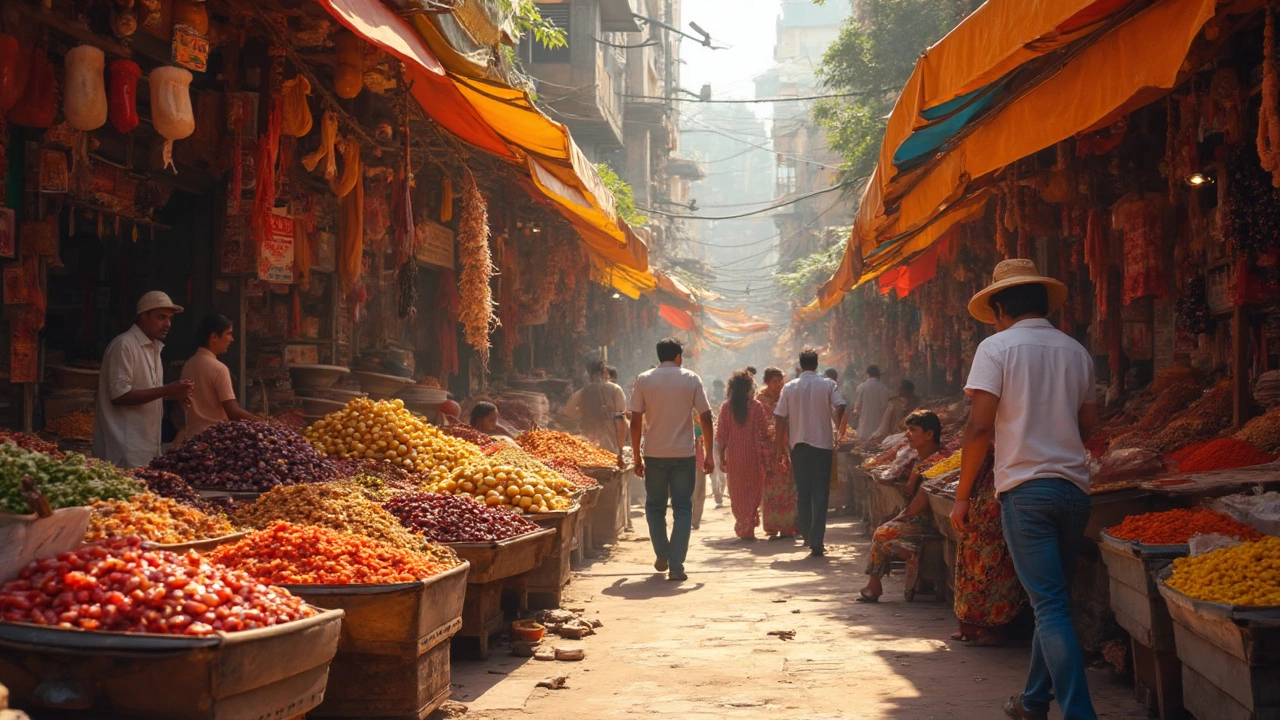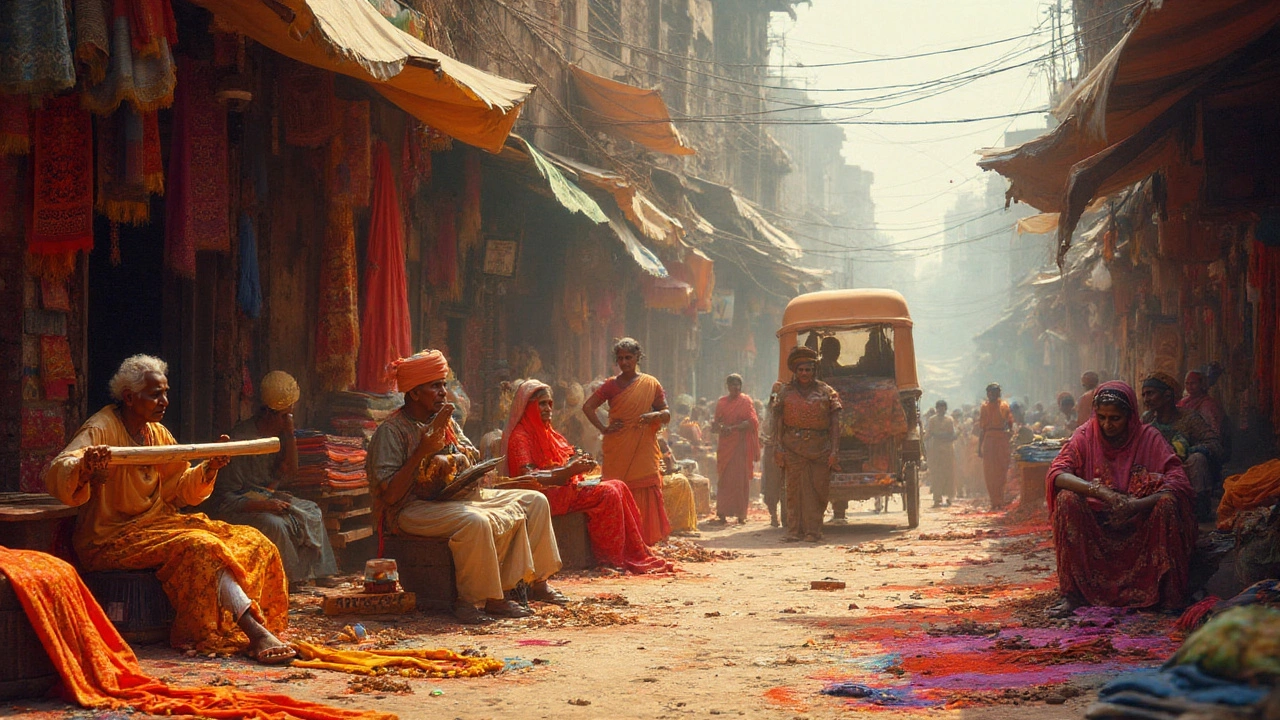Global Textile Market: Trends, Materials, and Opportunities
When you start digging into global textile market, the worldwide network of fabric production, trade, and consumption. Also known as world textile industry, it pulls together raw fibers, factories, and shoppers across every continent. In this network, three forces stand out: cotton, the natural fiber that still powers the bulk of apparel, synthetic fibers, man‑made yarns such as polyester and nylon that dominate fast fashion, and textile manufacturing, the set of processes turning yarn into finished cloth. Understanding how these pieces fit helps you see why the market moves the way it does.
Key Drivers Shaping the Global Textile Landscape
The first driver is sheer volume. Cotton still accounts for roughly 35% of global fiber use, but synthetic fibers have surged past 60% thanks to cheaper production and strong demand for wrinkle‑free garments. That shift fuels massive plant upgrades in China, India, and Southeast Asia, where the global textile market invests heavily in high‑speed looms and dye‑reduction technologies. A second driver is trade policy. Tariff changes between major exporters like India, Bangladesh, and the United States directly alter price curves, so businesses watch WTO rulings as closely as runway shows. Finally, sustainability is no longer a niche concern. Eco‑labels, recycled polyester, and water‑saving cotton farming are now critical factors that buyers and brands weigh when choosing suppliers.
Geography matters, too. India’s fabric hubs—Gujarat, Tamil Nadu, and West Bengal—feed both domestic clothing lines and export orders to Europe and the Middle East. Meanwhile, Turkey’s strategic position between Europe and Asia makes its yarn mills a go‑to source for fast‑turnaround collections. In the Americas, the United States balances high‑value technical textiles with a growing demand for locally sourced organic cotton. Each region adds its own flavor to the market, creating a patchwork of opportunities for manufacturers, traders, and designers.
Technology is the glue that ties these trends together. Automated cutting, AI‑driven demand forecasting, and blockchain traceability are reshaping how factories schedule runs and how retailers assure customers of ethical sourcing. The rise of digital printing lets small brands compete with giants by producing short runs without huge setup costs. As these tools become cheaper, even mid‑size players can tap into international markets that once required massive capital.
All these elements—fiber mix, trade flows, sustainability pressures, regional strengths, and tech adoption—frame the stories you’ll find in the articles below. Whether you’re curious about cotton’s dominance, the surge of synthetic fibers, or how trade policies affect prices, the collection offers real‑world data, case studies, and practical tips to help you navigate the ever‑changing global textile market.
Richest Textile Company in the World: Who Tops the List?
This article uncovers which textile company holds the crown as the richest in the world, focusing on their scale, influence, and how they stack up against major players in India. You'll find clear info about their revenue, business strategies, and impact on the global market. Expect some surprising facts about what really drives these textile giants. If you want tips on how Indian companies are catching up, this article has got you covered. Everything is broken down so it's easy and practical to follow.
- manufacturing
- India
- food processing
- garden tips
- rice cultivation
- government schemes
- balcony garden
- urban gardening
- balcony gardening
- profitable business
- business ideas
- plastic manufacturing
- drip irrigation
- plant care
- steel manufacturing
- sustainable gardening
- startup ideas
- steel industry
- flower gardening
- textile manufacturers






